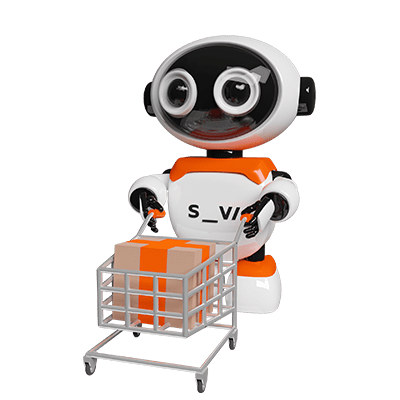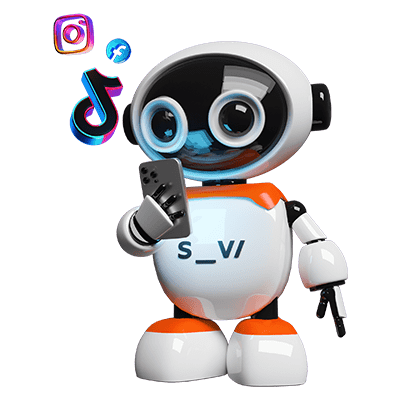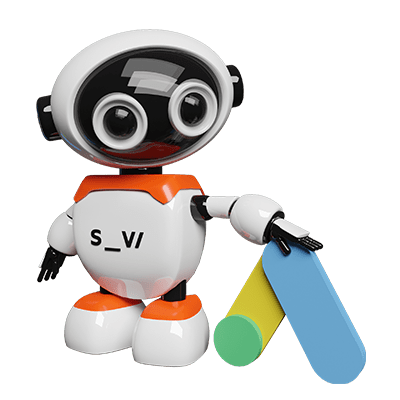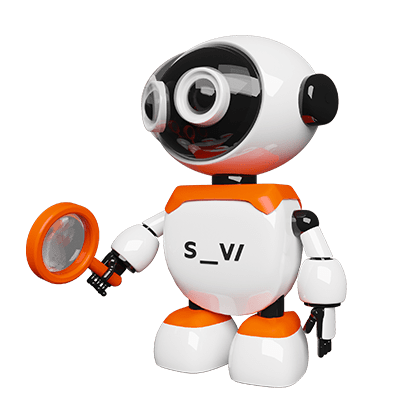Od Pascalovog prvog mehaničkog kalkulatora iz 1642. godine, unapređenje trgovine bilo je ključni pokretač razvoja računara. e-Trgovina je samo jedna u seriji maloprodajnih revolucija omogućenih računarima – a sada se pojavljuje nova: e-Trgovina pokretana veštačkom inteligencijom.
Šta se kvalifikuje kao veštačka inteligencija?
Veštačka inteligencija je pojam koji često izmiče fiksnoj definiciji. Jedno dobro objašnjenje je: AI je sve ono što još nismo savladali. Na primer, ako AI piše članke, sada to nazivamo „procesorom jezika“—zadatak koji smo nekada smatrali teritorijom AI. Zbog toga je tačnije koristiti termine poput mašinskog učenja ili obrade prirodnog jezika, jer su to specifični elementi AI koje e-trgovina trenutno koristi.
VELIKE KOMPANIJE SU SVE U VEŠTAČKOJ INTELIGENCIJI
AI first entered commerce through search engines and advertising—domains long dominated by giants like Google and Facebook. Google’s DeepMind AI is used for recognizing spam, voice, and images, while Facebook employs AI to detect inappropriate content and organize posts.
Tracking consumer interest is an area where social media and search engines excel, and in the closed ecosystem of an online store, AI can be even more effectively applied.
Take search in an online shop—it’s a perfect task for AI. Traditional algorithms might show the most viewed items or similar products. AI, on the other hand, can recommend items that aesthetically match what the customer previously purchased. With every letter typed into the search bar, e-Commerce AI becomes better at understanding the customer’s intent, delivering results that far better match what the shopper is actually looking for.
NE PODCENJUJTE BOTOVE

Napredni botovi, oblik veštačke inteligencije, sada se široko koriste u e-trgovini. Dobro dizajniran chatbot može voditi korisnike kroz njihov proces kupovine bez da shvate da ne razgovaraju sa stvarnom osobom. Botovi takođe mogu pokrenuti ljudsku intervenciju kada je to potrebno, prelazeći sa jednog na drugi način bez da korisnik primeti. Međutim, mnogi botovi funkcionišu samostalno i ne zahtevaju ljudsku pomoć.
Amazon i Starbucks koriste inteligentne asistente koji predviđaju šta kupci žele i pomažu im u donošenju odluka. Amazonova veštačka inteligencija je posebno dobra u predviđanju vaših narednih želja, čak i kada veza nije očigledna.
Recimo da ste nedavno kupili televizor i PlayStation. Standardni algoritam bi mogao da vam predloži eksterni hard disk. Međutim, veštačka inteligencija bi vam mogla ponuditi patike—jer prepoznaje da ste osoba koja balansira zabavu i zdravlje.
Veštačka inteligencija ne mora da se pojavljuje u obliku chatbota. Mnogi prodavci koriste AI za preporuku proizvoda bez simuliranja razgovora. ZARA, na primer, preporučuje odeću na osnovu vašeg broja i ličnog stila. Nažalost, mnoge od ovih naprednih funkcionalnosti nisu dostupne u svim regionima—uglavnom zbog jezičkih barijera i činjenice da mnoge AI funkcionalnosti još uvek testiraju, često prvo u SAD-u.
Da li je veštačka inteligencija prošla Turingov test?
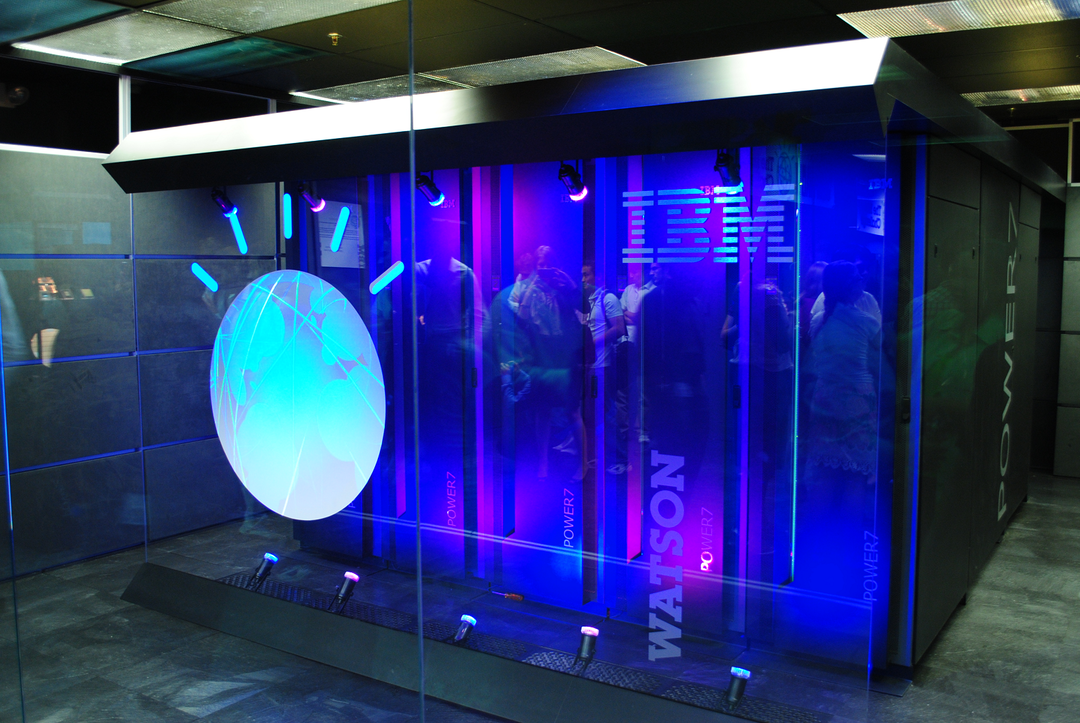
Alan Turing, matematičar poznat po pomaganju u razbijanju Enigma mašine tokom Drugog svetskog rata, danas je najpoznatiji po Turingovom testu—merilu za definisanje prave veštačke inteligencije. Test je jednostavan: ako osoba razgovara sa mašinom verujući da je to ljudsko biće, mašina je prošla test.
Mnogi trenutni AI sistemi već prolaze ovaj test.
Prirodna obrada jezika (NLP) je sposobnost AI da komunicira kao čovek, u pogledu strukture rečenica, stila i gramatike. Jedan izuzetan primer je Google Duplex, AI koji može da obavlja telefonske pozive ili šalje poruke kako bi zakazao sastanke, kao što su rezervacija stola u restoranu ili iznajmljivanje prikolice. Takođe može da kontaktira više provajdera kako bi našao najbolju ponudu. Kada Duplex obavi poziv, koristi prijateljski, prirodan glas—i većina ljudi s druge strane ne shvata da razgovaraju sa mašinom.
Ova usluga je dostupna u mnogim zemljama gde se govori engleski jezik, i vrlo je relevantna za e-trgovinu, označavajući uspon virtuelnih call centara i naprednijih botova za korisničku podršku koji mogu pružiti savetovanje prilikom kupovine, slati e-poštu ili čak pozivati kupce—ako to zakoni dozvoljavaju.
UVEK CENE KOJE KONKURIŠU
Perhaps the most powerful e-Commerce AI tool is dynamic pricing. If a business is bold enough to let AI handle pricing, it can adjust prices based on competitors’ offers—not just undercutting prices until reaching a minimum profit margin, but creating intelligent campaigns designed to maximize revenue.
For example, AI can detect when none of your competitors are running promotions on a specific product line and recommend a campaign with discounted prices and matching marketing.
Of course, a store owner might not accept every suggestion the AI makes—but it often spots opportunities a human might overlook. Dynamic pricing tools are available from major players like IBM, as well as from smaller firms. The sophistication varies—some systems analyze market conditions, product ratings, and more to build smart strategies, while more affordable ones require pre-set pricing triggers.
Most pricing AI tools are compatible with popular platforms like Magento, Shopify, WooCommerce, PrestaShop, and BigCommerce.
MOGU LI MAŠINE DA SE BAVE REKLAMIRANJEM?
You may not realize that many sponsored posts you see on social media—especially global product ads—are crafted by AI. While AI can’t yet create a brilliant campaign the way a skilled marketing team can, it’s extremely fast at handling simple, repetitive tasks, analyzing performance, and offering insights for more successful campaigns.
AI is getting better at writing ad copy. Though it still lacks originality and brevity, it can pump out posts like “Best-selling styles from our new collection, starting at €99.99”—with links, well-cropped images, and even promotional stickers—at high speed.
For generating standard product posts, AI is becoming a very real option, freeing up human marketers to focus on strategy and creative work—tasks that are often neglected due to content production demands.
Clients still trust traditional agencies more—which is understandable—but AI is mostly used behind the scenes for ad performance analysis. AI can evaluate how each ad performed on social media or search engines, spotting patterns a human might miss.
Still, tools like Google Analytics and Facebook’s built-in analytics are already so advanced that AI might be overkill for many small and mid-sized businesses.
Interestingly, many large players are building AI that creates marketing campaigns. Services from Google Cloud AI, IBM Watson, and platforms like Acquisio are now available even to smaller advertisers.
Before wrapping up, it’s worth mentioning AI’s impressive results in inventory management, delivery logistics, and personalized messaging. Every day, new opportunities emerge—and we usually only see mature technologies. It’s hard to imagine what’s still being cooked up in labs.
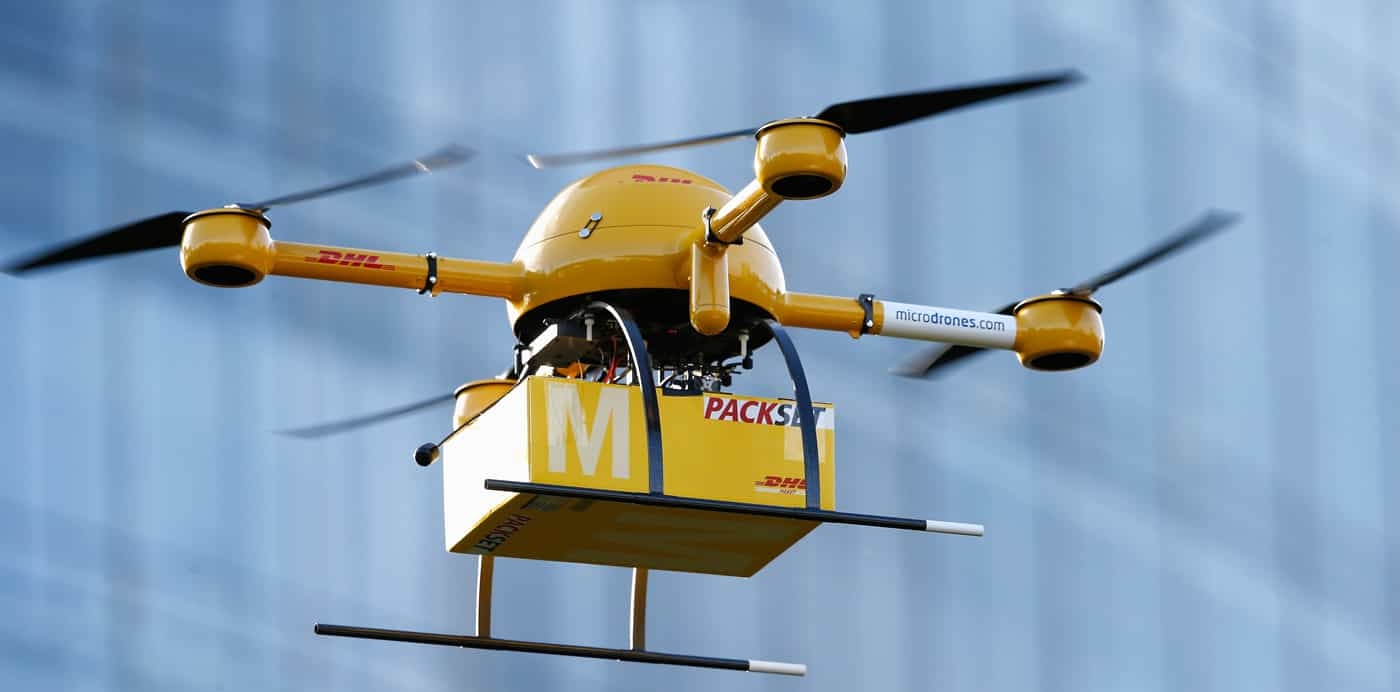
KOGA DA ZOVEŠ, KOLIKA JE CENA?
AI services usually come at a premium, and customers often have no clear idea how much computing power or “AI time” they’re actually getting. Many providers are vague about what kind of supercomputers power their services or how resources are distributed between clients.
Still, most platforms offer free trials for services like AI-driven ad analytics, personalized messaging, and dynamic pricing—so it’s worth trying them out. Be aware, though: setup takes time. You’ll need to properly integrate your e-Commerce platform and feed enough data into the AI system for it to work well. Testing isn’t always simple.
AI thrives on data. The more it has, the faster and better it learns—which is why big companies adopted it first. In Serbia, AI adoption will likely move more slowly, mainly because many AI tools don’t yet support Serbian at a truly native level. But plenty of tools—like those for ad analysis or price optimization—work regardless of language and are definitely worth testing.
Some U.S. companies saw sales rise by up to 85% after implementing AI. It’s not unrealistic to expect similar results for early adopters in Serbia. And if you’re wondering when to start thinking about it—the time is now.





